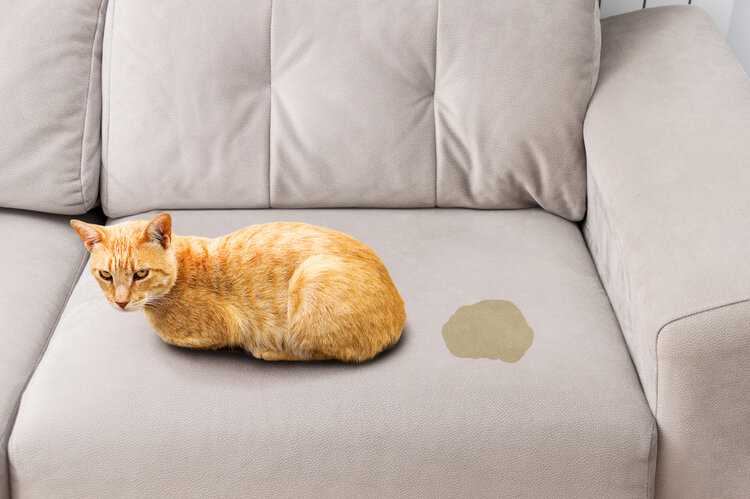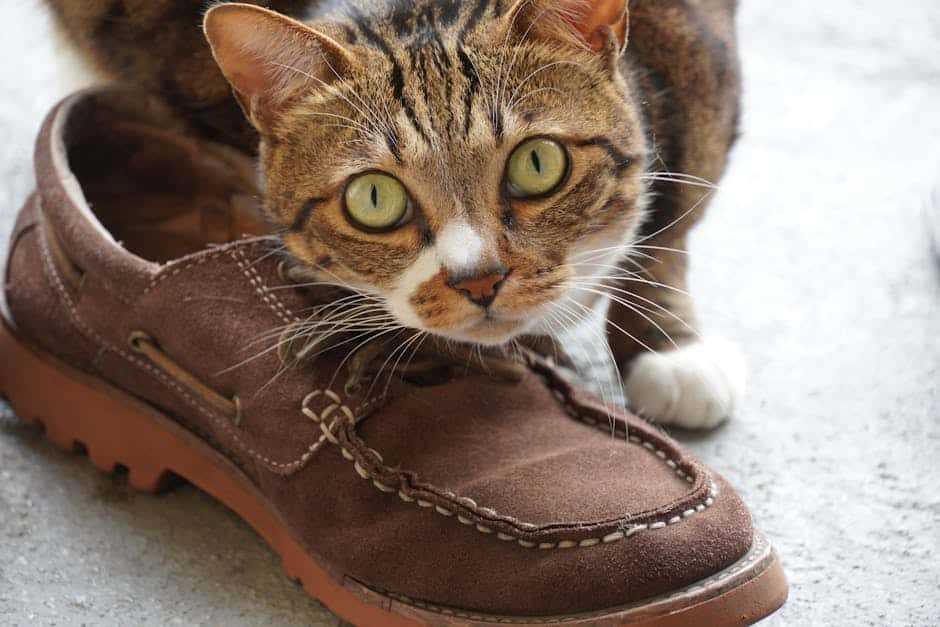



First, grab some paper towels and gently blot the affected area. This helps absorb as much moisture as possible without rubbing it further into the material.
Next, mix equal parts of white vinegar and water in a spray bottle. Lightly mist the area, ensuring it’s damp but not soaked. The vinegar neutralizes odors and breaks down the residue.
After applying the solution, use a soft cloth to wipe the surface. Always work in small sections, using gentle circular motions to avoid damaging the finish. Rinse the cloth frequently to keep removing the stains.
Once you’ve treated the area, let it air dry completely. For added care, apply a leather conditioner afterward to restore moisture and protect the material.
Removing Odors from Upholstery
To tackle stubborn smells, start with a mixture of equal parts water and white vinegar. Spray this solution onto the affected area without soaking it. Blot with a clean cloth until the moisture is absorbed.
Next, sprinkle baking soda over the damp area. Let it sit for several hours, or preferably overnight, to absorb any lingering scents. Afterward, vacuum up the baking soda to reveal a fresher surface.
For deeper cleaning, consider using a specialized leather conditioner after the process. This will help maintain the material’s integrity and prevent future issues.
Keep in mind:
- Avoid harsh chemicals that could damage the surface.
- Test any solution on a hidden area first.
- Regularly condition the material to keep it looking its best.
Assessing the Damage on Leather

First, inspect the area for discoloration. If the surface has darkened or developed spots, it indicates deeper penetration of the liquid. Gently touch the affected spot. If it feels sticky or tacky, that’s a sign of residue buildup that needs addressing.
Check for Odor
A strong smell is a clear indicator of an issue. If the aroma persists after initial attempts to remove it, the material may require more intensive treatment. It’s crucial to act quickly, as lingering scents can lead to further damage over time.
Evaluate Texture Changes
Run your fingers over the leather. Any rough patches or stiffness suggests that the material has absorbed moisture. This can lead to cracking if left untreated. Consider using a conditioner after cleaning to restore suppleness.
For future prevention, consider investing in one of the best gps trackers for cats. Keeping track of roaming adventures can help mitigate accidents indoors. And if you’re tackling outdoor messes, make sure you understand the tools you’re using. For example, check if you can use a pressure washer without throttle control to avoid damaging your outdoor gear.
Gathering Necessary Cleaning Supplies
First, grab some absorbent materials like paper towels or cloths. These will help soak up any liquid quickly.
Next, get a spray bottle for mixing solutions. A small container will do the trick.
You’ll need a gentle soap or a specialized leather cleaner. Make sure it’s suitable for delicate surfaces.
A solution of equal parts water and white vinegar can help neutralize odors. Keep this handy.
For stubborn stains, consider an enzyme-based cleaner specifically designed for organic messes.
Always have a soft brush or sponge nearby to gently scrub the affected area without damaging the surface.
Finally, a leather conditioner will be essential to restore moisture and flexibility after treatment.
Pre-treating the Affected Area

First thing, blot the spot with a clean, dry cloth. This helps absorb excess moisture and prevents it from penetrating deeper. Next, prepare a mixture of equal parts water and white vinegar. Use a cotton ball to gently dab the solution onto the stain. Avoid saturating the material; just enough to dampen it will do. Let it sit for about 10 minutes to neutralize odors.
Applying the Solution
After the waiting period, take another clean cloth and wipe the area gently. This action will lift some of the residue. If the mark persists, repeat the vinegar application as needed. Always test any solution on a hidden area first to ensure it won’t damage the surface.
Drying the Surface
Once you’ve treated the area, it’s important to allow the material to air dry completely. Avoid direct sunlight or heat sources, as these can warp the texture. Once dry, inspect the area to determine if additional treatment is required.
Cleaning the Leather Surface
Use a soft, damp cloth to wipe the affected area gently. Avoid scrubbing, as this can damage the texture of the material.
Steps for Effective Cleaning
- Moisten the cloth with water, ensuring it’s not dripping wet.
- Gently dab the surface, working from the outside toward the center to prevent spreading.
- Rinse the cloth frequently to avoid reapplying residues.
Drying Process
After wiping, use a clean, dry cloth to absorb any remaining moisture. Allow the area to air dry completely before using the item again. Avoid direct sunlight or heat sources to prevent warping.
Once dry, consider applying a leather conditioner to restore moisture and maintain suppleness.
Conditioning the Leather After Cleaning

Applying a quality conditioner is crucial after treatment to restore moisture and flexibility. Choose a product specifically designed for the material. Before applying, test it in a hidden spot to ensure compatibility.
Steps for Conditioning
1. Ensure the surface is completely dry. Wait at least 24 hours after the initial cleaning.
2. Use a soft cloth or sponge to apply the conditioner evenly, working in small sections.
3. Follow the manufacturer’s instructions regarding the amount and application method.
4. Allow the conditioner to absorb for the recommended time, usually around 20-30 minutes.
5. Buff the surface gently with a clean cloth to remove any excess product.
Recommended Products
| Brand | Type | Notes |
|---|---|---|
| Leather Honey | Liquid | Deep conditioning, non-toxic. |
| Bickmore Bick 4 | Gel | Water-repellent, suitable for all colors. |
| Lexol | Foam | Easy application, great for daily use. |
Regular conditioning helps prevent cracks and keeps the texture supple, enhancing the overall look of the material. Reapply every few months or as needed, especially in dry climates.
Preventing Future Accidents on Leather
To discourage mishaps, create designated areas for me and my friends to relieve ourselves. Use attractive litter boxes filled with appealing substrates to encourage usage. Regularly clean these spots to maintain a fresh environment.
Avoid any harsh scents that might deter us from using our designated spots. Instead, use calming sprays or diffusers that promote relaxation near these areas. Keeping the environment stress-free helps minimize accidents.
Training Techniques
Implement consistent training methods. Positive reinforcement works wonders. Reward me when I use my litter box correctly; treats or affection will make me more inclined to continue that behavior. Establishing a routine can also be beneficial; regular feeding and playtimes can create a predictable schedule, helping me know when it’s time to go.
Monitoring Behavior
Stay attentive to any changes in my habits. If I start avoiding my litter box or acting unusually, it might signal discomfort or health issues. Consult a vet if you notice anything out of the ordinary. Early intervention can prevent further complications and protect valuable items.
FAQ:
What is the best method to clean cat urine from leather?
The most effective method to clean cat urine from leather involves a few steps. First, gently blot the area with a clean cloth to absorb as much liquid as possible. Avoid rubbing, as this can spread the urine further into the leather. Next, prepare a mixture of equal parts water and white vinegar. Use a soft cloth to apply this solution to the stained area, gently dabbing it on. The vinegar will help neutralize the odor. After that, wipe the area with a clean damp cloth to remove any residue. Finally, let the leather air dry completely and apply a leather conditioner to restore moisture and prevent cracking.
Will cleaning cat pee from leather damage it?
Cleaning cat urine from leather can potentially damage it if not done carefully. Leather is a sensitive material, and harsh chemicals or excessive moisture can lead to discoloration or drying. It’s important to use a gentle cleaning solution, like a mix of water and vinegar, and to avoid soaking the leather. Always test any cleaning solution on a small, inconspicuous area first to ensure it doesn’t cause any damage. Additionally, following up with a leather conditioner after cleaning can help maintain the leather’s integrity and appearance.
How can I prevent my cat from urinating on leather furniture?
To prevent your cat from urinating on leather furniture, consider a few strategies. First, ensure your cat has easy access to a clean litter box, as this can reduce inappropriate urination. Regularly clean the litter box to encourage use. If your cat is marking territory, spaying or neutering can help lower this behavior. Additionally, providing alternative scratching posts and comfortable resting areas can redirect their attention. If the behavior persists, consult with a veterinarian or animal behaviorist to address any underlying issues that may be contributing to this behavior.






